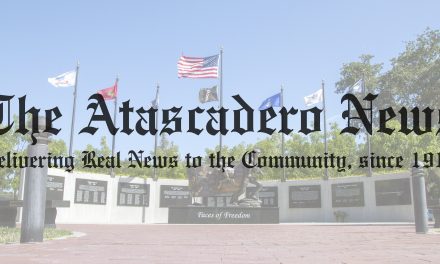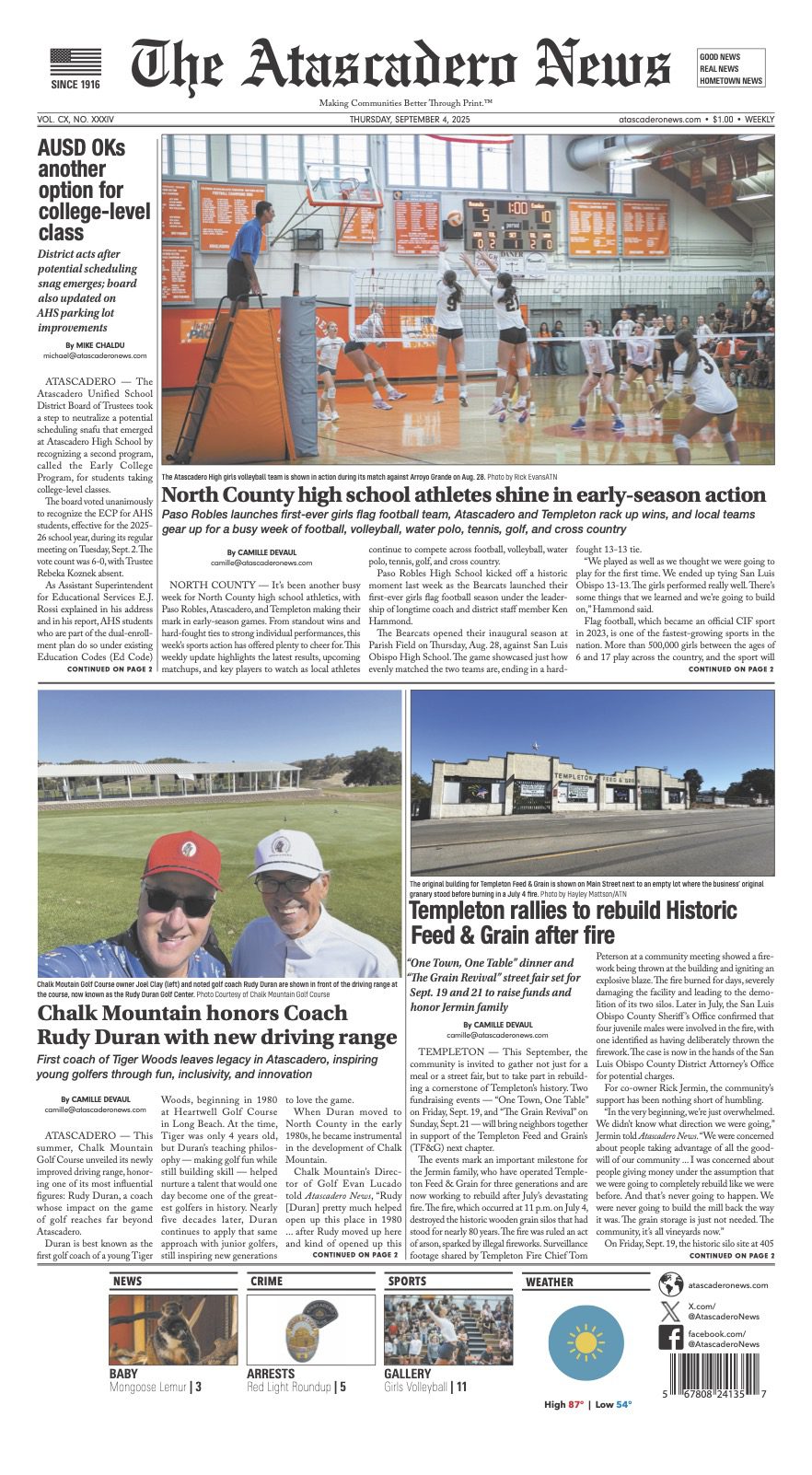By Counter Human Trafficking Task Force Board
Everyone involved in anti and counter-human trafficking efforts wants education, awareness, and vigilance to be pillars in the fight against the exploitation that takes place in our county, state, and country daily. Without a doubt, every person involved in these anti-human trafficking efforts as a profession wants the general public to be aware of what is taking place and be informed on the realities of human trafficking and human exploitation. It is of utmost importance that there is proper education and information being provided to the public so that the spread of false rhetoric can be avoided as much as possible.
One of the biggest barriers which all too often rears its head in human trafficking investigations, outreach, and awareness campaigns is the problem of misinformation, which is frequently passed on as truth and is spread very quickly and easily. It seems that misinformation and conspiracy theory spreads like wildfire, whereas the truth of the matter and accurate, up-to-date, and actionable information is often much harder to effectively spread to the masses. It is difficult and almost impossible to undo the damage done by spreading misinformation that all too often goes viral.
Some of the most inaccurate claims of what human trafficking is include stories of how human trafficking victims are almost always kidnapped. That there are trafficking rings operating in plain view at department stores, as well as rumors that major retailers are complicit in the exploitation of our citizens.
With an increase in interest in the subculture of human trafficking and exploitation has come a surge in misinformation, falsehoods, hoaxes, and outright lies. It is all our jobs to right that ship and halt the spread of false information and focus on perpetuating accurate information and truth in the fight against human
trafficking.
False information, rumors and hoaxes, and the simple dissemination of unvetted information are very harmful to what is an otherwise righteous cause, and in the end, hurts the victims of human trafficking. Additionally, when inaccurate information is spread, it distracts from the truth and can often impede or thwart law enforcement efforts and take attention away from legitimate crimes and valid reports of abuse and victimization.
Some common hoaxes and conspiracies that have recently surfaced that have been a distraction to the cause, as well as a distraction to law enforcement authorities, have been the claims of kidnapping and trafficking rings operating at major shopping centers as well as the false claim that online retailer Mayfair was
complicit in the sale of children.
Viral social media sharing took place, and it was falsely circulated that human trafficking rings operated at shopping centers through the use of placing zip ties on cars or putting scribblings in the dust on a car which in some way acted as a signal for trafficking rings to act upon. While those claims have been found to be unsubstantiated, the hoax fueled rumors and spread fear unnecessarily. Ultimately, these stories were proven to be patently false.
Another prominent example that was widely circulated was the story about the online furniture retailer Mayfair. There was rumor and speculation spread across the internet regarding expensive items being advertised as high-end furniture or personalized pillows, for example. Conspiracy theorists claimed that these items were really children that were being offered up as part of an online human trafficking ring. This false claim has been proven to be a global hoax, but the damage has been done, and the cause of anti-human trafficking has been hurt by these unfounded theories.
Conspiracy theory is not productive, and when it floods the internet as it did with the shopping center and Wayfair hoaxes, the true message, and importance of what human trafficking really is, gets watered down and diminished in importance and acts as an unneeded distraction to all of us that are invested in combatting human trafficking.
As mentioned in a previous column, human trafficking is not what is depicted in the movie series “Taken,” starring Liam Neeson, where children are kidnaped and moved to a foreign country forced to serve as sex slaves and human commodities. Likewise, the face of sexual exploitation is not the glitz and glamour of what is depicted by Julia Roberts and Richard Gere in the movie “Pretty Woman.”
Human trafficking is not children being kept in sea trains, and it not children being kidnapped off the street being forced to live a life of sexual servitude under the thumb of a random stranger who becomes their trafficker. It is important to realize that, generally, human traffickers and pimps tend to groom and lure their victims over a span of time, and often this grooming is accomplished over the internet. Stealing a victim or kidnapping someone for purposes of trafficking is too risky of a proposition, and in most cases, victims are recruited, manipulated, and eventually made to be 100 percent dependent on their trafficker after a period of grooming takes place. Statistics indicate that abduction for the purpose of forcing someone into human trafficking is not very common. It is commonly stated that a vast majority of human trafficking victims are runaways. Some statistics say up to 95 percent of victims come from this sort of situation.
The easiest way to assure that accurate information is consumed and shared is to properly vet the source. The most legitimate information sources are those that have been involved in the fight against human trafficking for some time and are viewed nationally as experts in the field. They are typically long-term contributors of information and resources that aid in the battle against human trafficking.
Some common sources of validated and accurate information include the Polaris Project, the National Human Trafficking Hotline, the National Human Trafficking Resource Center, DeliverFund, and the National Center for Missing and Exploited Children (NCMEC). It is critical that those of us that are interested in fighting human trafficking find reputable sources such as these that provide accurate, up-to-date, and relevant information. It is also critical that we not share, distribute, or pass on inaccurate, unverified information that is primarily based on rumor, speculation, or conspiracy theory.
The reality of what human trafficking actually looks like on the Central Coast is not crime syndicates or organized crime rings operating at our supermarkets or shopping centers, and it is not online furniture retailers selling children using some sort of secret code. It is not kids being kept in shipping containers or children being snatched up from under our noses on our main streets.
The reality is the same here locally as it is across the country – local Americans are buying Americans for their sexual gratification, and the market here is thriving. Our neighbors, friends, and perhaps family members are paying for sex with exploited humans. They are buying sex from trafficked adults and trafficked children. As evidenced by a recent case where a 15-year-old runaway was being trafficked on the Central Coast, it should be clear that there is a clear and present demand for sex with child sex trafficking victims locally; otherwise, that 15-year-old would not have been trafficked here in the first place. That is and should be the shocking reality of what sex trafficking looks like here locally as well as across the country. It is not a rumor, innuendo, or conspiracy theory. It is a fact that exploited children, as well as adults, are being sold to our neighbors, co-workers, and friends on a regular basis.
It is our hope that rather than relying on speculation, rumor, or falsehoods that are so easily spread and cause fearmongering and the dissemination of untruthful narratives, that our community would seek out legitimate information, statistics, and educational materials. If possible, get involved and volunteer with local outreaches where it is appropriate. It is further hoped that when and if information is shared, posted, or disseminated, that only accurate and vetted information be passed along.
In these ways, we can all do our part in fighting the good fight and crushing the evil that is human trafficking and exploitation.















